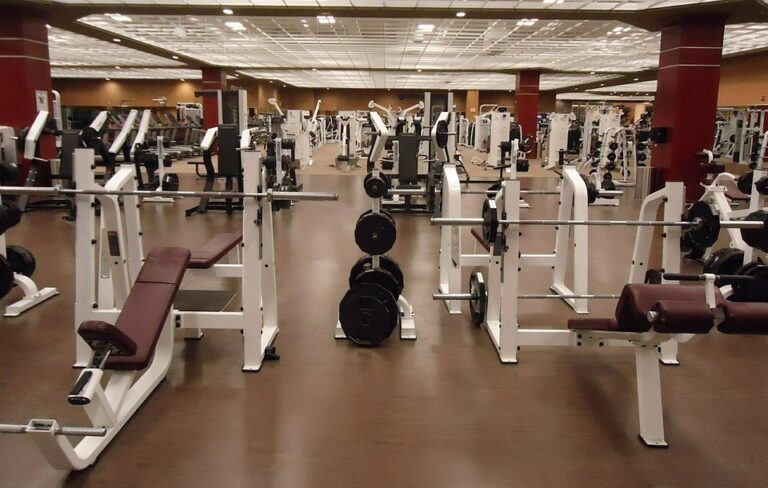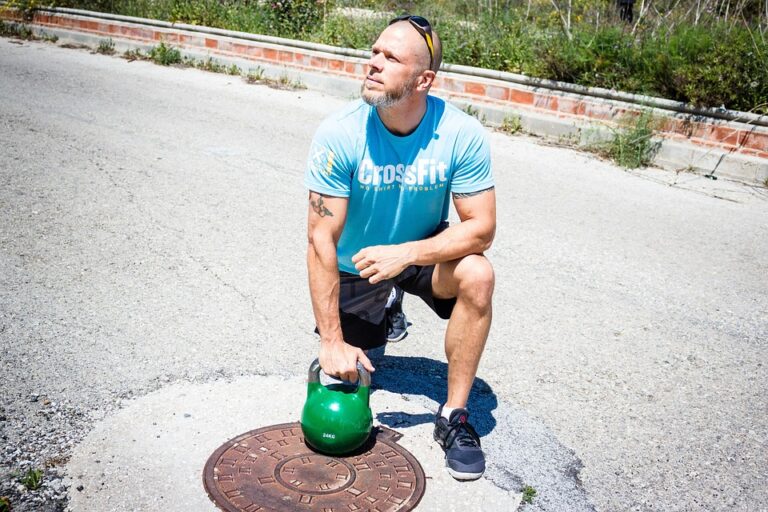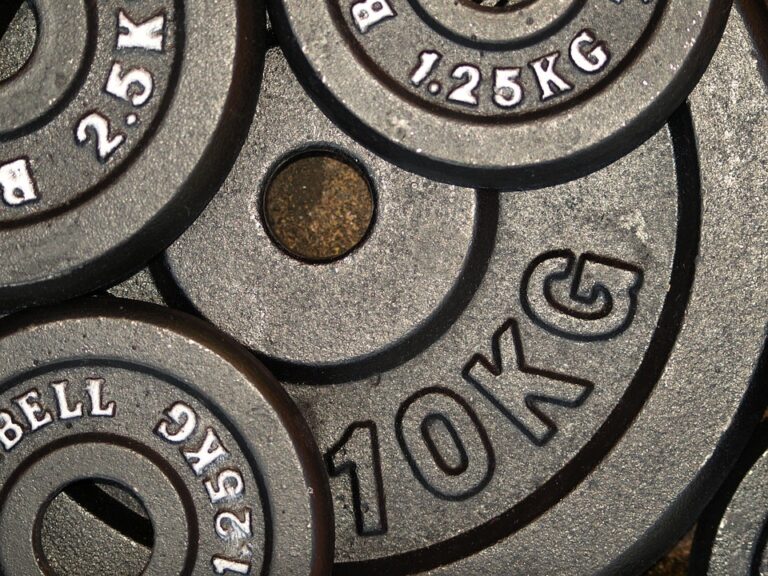
Kettlebells have surged in popularity over the past few years, capturing the attention of fitness enthusiasts and casual gym-goers alike. Their versatility and effectiveness in building strength, endurance, and flexibility make them a staple in many workout regimes. Yet, with a plethora of options available, how does one choose the best kettlebell for their fitness journey?
1. Material Matters
When selecting a kettlebell, the material can significantly influence your training experience.
-
Cast Iron Kettlebells: The classic choice, these kettlebells are durable and provide a solid grip. They’re often the most affordable option, making them a favourite among beginners. However, their finish can be rough, which may cause calluses over time.
-
Competition Kettlebells: Typically made from steel, competition kettlebells have a uniform size regardless of weight, making them ideal for those looking to perform competition-style lifts. Their smooth finish is easier on the hands, but they tend to be pricier.
-
Vinyl or Rubber Coated Kettlebells: These are designed with a protective coating, making them less likely to damage floors. While they might not be as durable as cast iron or steel, they are aesthetically pleasing and often come in vibrant colours.
2. Weight Variations
Kettlebells come in a wide range of weights, and selecting the right one is paramount to your safety and progress.
-
Beginners: If you’re new to kettlebell training, starting with a weight of 8-12 kg (18-26 lbs) is advisable for women and 12-16 kg (26-35 lbs) for men.
-
Intermediate to Advanced Lifters: As your strength improves, consider weights ranging from 16-24 kg (35-53 lbs) for women and 24-32 kg (53-70 lbs) for men. Always listen to your body and progress at a pace that feels right.
3. Design and Shape
The design of a kettlebell can impact your workout in ways you might not expect.
-
Standard vs. Wide Handle: A wider handle allows for a more comfortable grip, particularly during swings and snatches. However, a standard handle is often more manageable for those with smaller hands.
-
Flat Base vs. Rounded Base: A flat base is beneficial for stability during floor exercises, allowing for easy storage and a solid foundation during movements like renegade rows.
4. Purpose and Functionality
Understanding your fitness goals will steer your choice of kettlebell.
-
Strength Training: If your aim is to build raw strength, heavier kettlebells with a solid grip will be your best allies. Focus on compound movements such as swings, cleans, and Turkish get-ups.
-
Endurance and Conditioning: Lighter kettlebells can be more effective for high-rep workouts aimed at enhancing cardiovascular fitness. Exercises like kettlebell snatches or thrusters can drive your heart rate up, providing a fantastic workout.
5. Quality Over Price
It’s tempting to opt for the cheapest option available, especially when starting out. However, investing in a quality kettlebell can save you money in the long run.
-
Reputation of Brands: Researching brands, reading customer reviews, and seeking recommendations can lead you to kettlebells that offer durability and performance at a reasonable price.
-
Warranty and Returns: Consider kettlebells that come with a warranty or a satisfaction guarantee. This not only shows confidence from the manufacturer but also gives you an opportunity to test the product without the risk.
Tailoring Your Choice
As you embark on your fitness journey, remember that the right kettlebell can make a world of difference. Think about your goals, your current fitness level, and what feels comfortable in your hands.
In a world overflowing with choices, it can be overwhelming to sift through countless options. Yet, informed decisions can lead to more enjoyable workouts and, ultimately, better results. As your fitness journey unfolds, don’t forget to check back with BargainsTrust, dedicated to bringing you curated selections of quality products that enhance your lifestyle.






